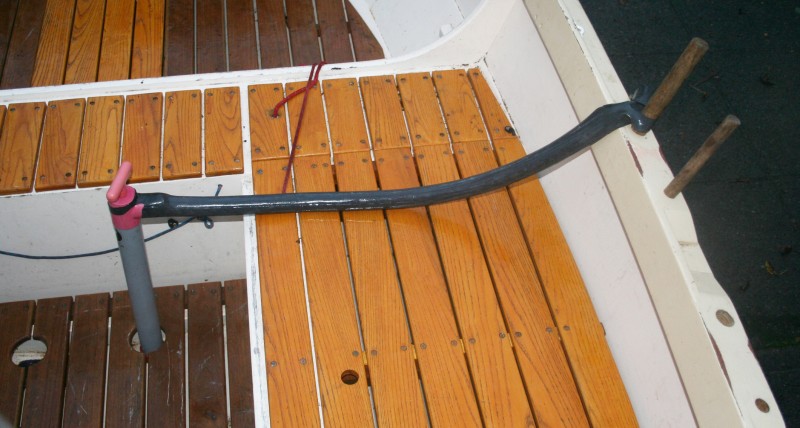 all photographs by the author
all photographs by the authorThis inner tube has more than enough length to get water out of a boat with 6′ beam. The hose is set up without twists to assure the unimpeded flow of the water.
The manual bilge pump that I use for my kayak isn’t very useful aboard my other boats. Without a hose it can’t get the water from the centerline some 3′ to the gunwale and overboard. My other pump, the one with a hose attached, went missing one day and I came up with a way to add a nice long hose to my kayak pump using an old inner tube for a 26″x 2.125″ bicycle tire. I cut away the section of tube with the inflation valve and had a 6’ hose that was just the right diameter to stretch over the spout of the pump. It worked like a charm. Used as a discharge hose, it doesn’t need to be reinforced the way an intake hose does. It works instead just like a fire hose, expanding only when the water fills it.
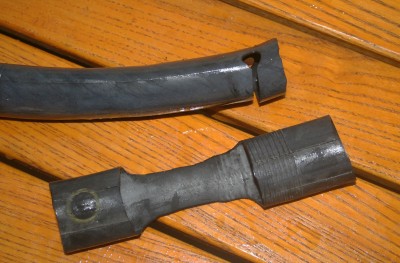
The inner-tube end has a keyhole-like cut to create a band to slip over the top of the pump. The short section is cut to form a strap between loops that fit over the other end of the inner tube to keep it in place during pumping.
I made a few refinements to keep the hose where it belongs when water is surging through it. To keep the hose from slipping off the spout if a kink stops the flow of water, I cut partway through the inner tube about ½” from the end. This creates a rubber band, still attached to the hose, that slips over the pump handle and around the top of the pump just above the spout. To keep the cut from tearing further, I cut a small circle at the end. To keep the other end of the hose from flying around I cut 6″ from the end and cut away most of the middle, leaving a strap between two loops. The loops fit over the hose and when snugged together give the strap enough slack to fit over a tholepin or oarlock and keep the hose aimed overboard.
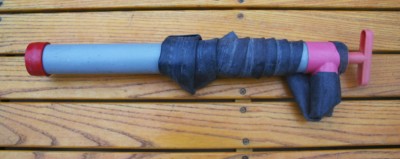
The inner tube wraps flat around the pump, making a compact, easily stowed package. The integral band at the top of the pump keeps the hose from slipping off if you pump hard when there’s a bad kink in the hose.
I jury-rigged this hose just to get some rainwater out of a boat I have parked on a trailer at home, but I’ve come to prefer it to the hose-equipped pump that went missing. The inner tube had plenty of length to reach well over the side from any point in the boat and being flat when not in use, wraps snugly around the pump, making it much easier to stow. I happened to have an old inner tube on hand—I keep all of my old inner tubes to use for laminating spars—but I’d spend $5 for a new one and be well ahead of the cost of the reinforced hose.![]()
Christopher Cunningham is the editor of Small Boats Monthly
You can share your tricks of the trade with other Small Boats Monthly readers by sending us an email.
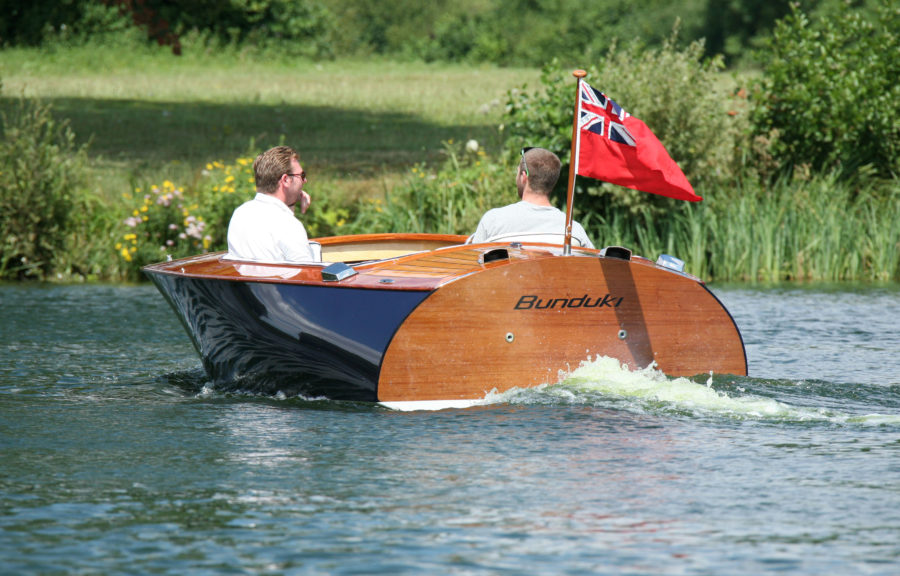
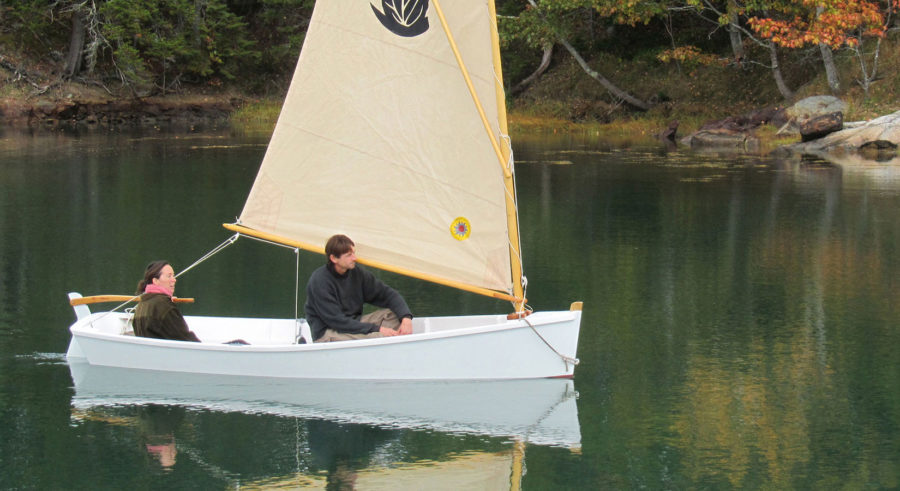
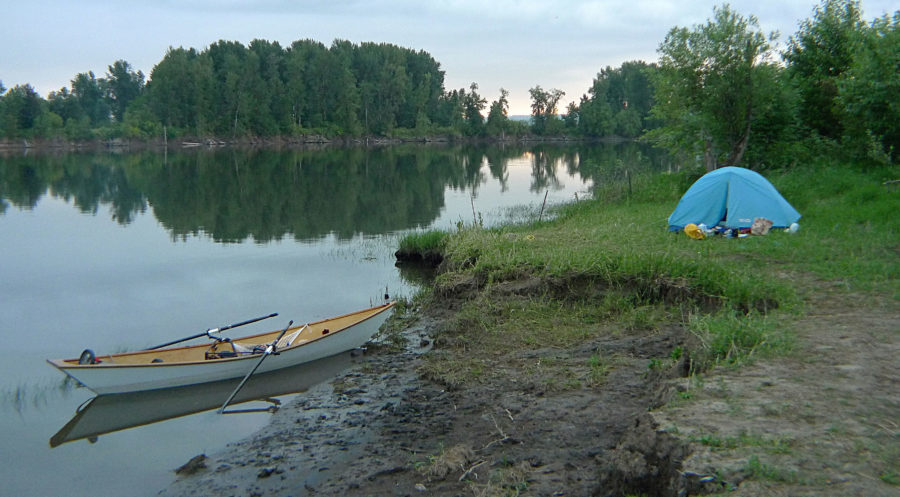
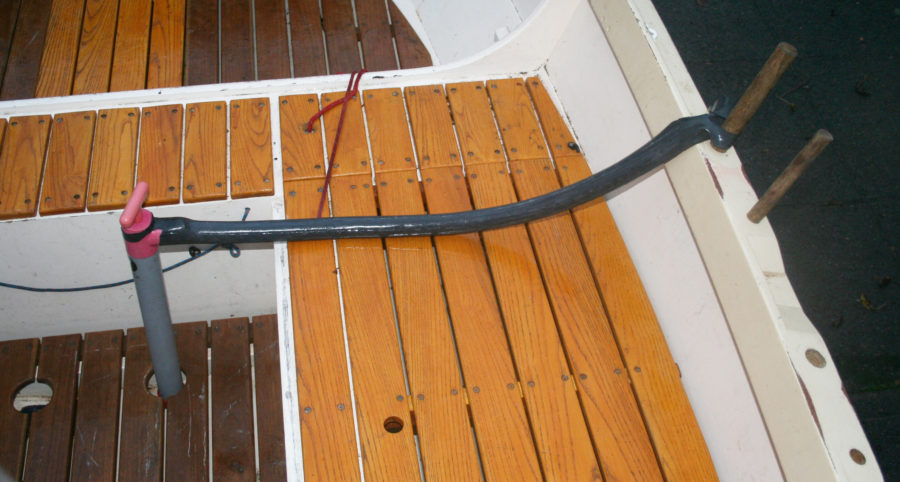

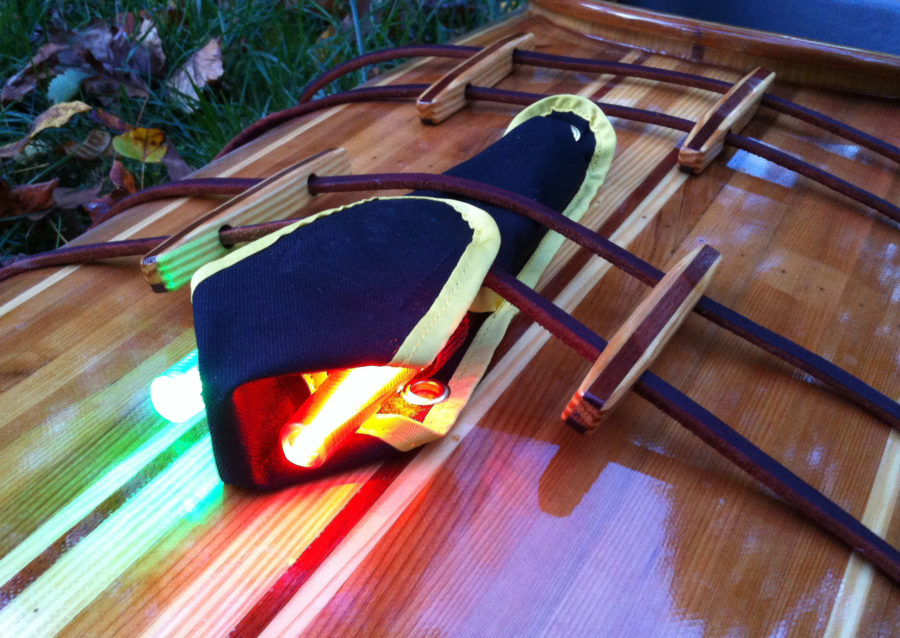

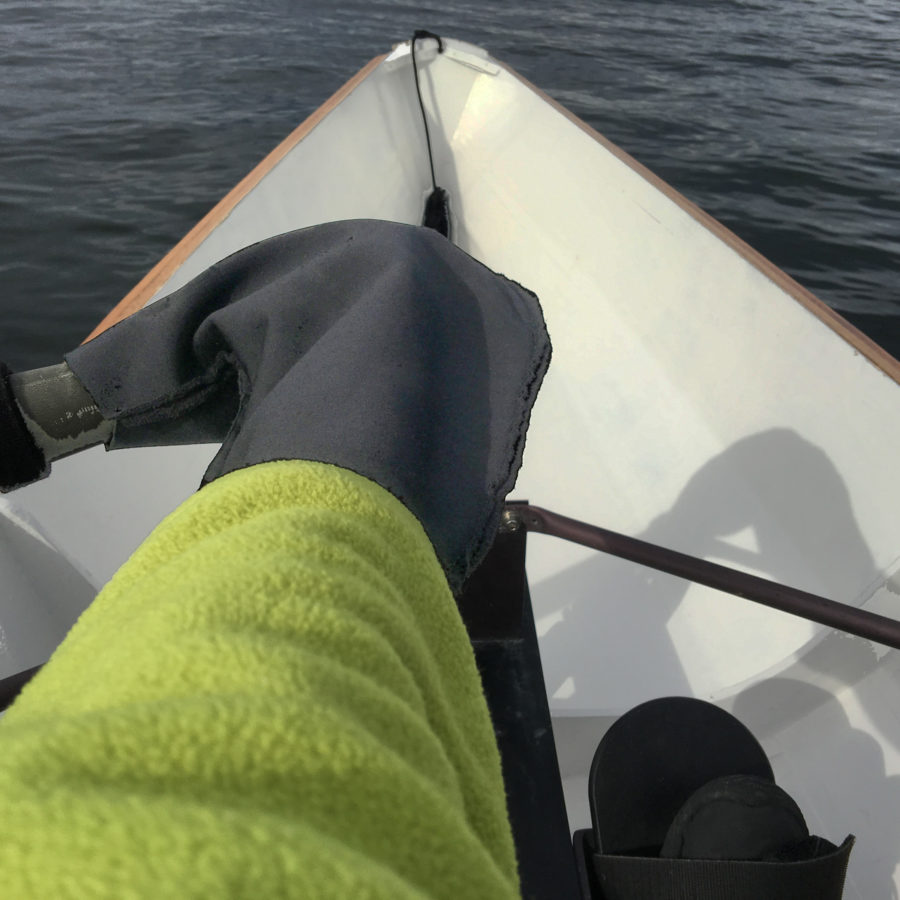
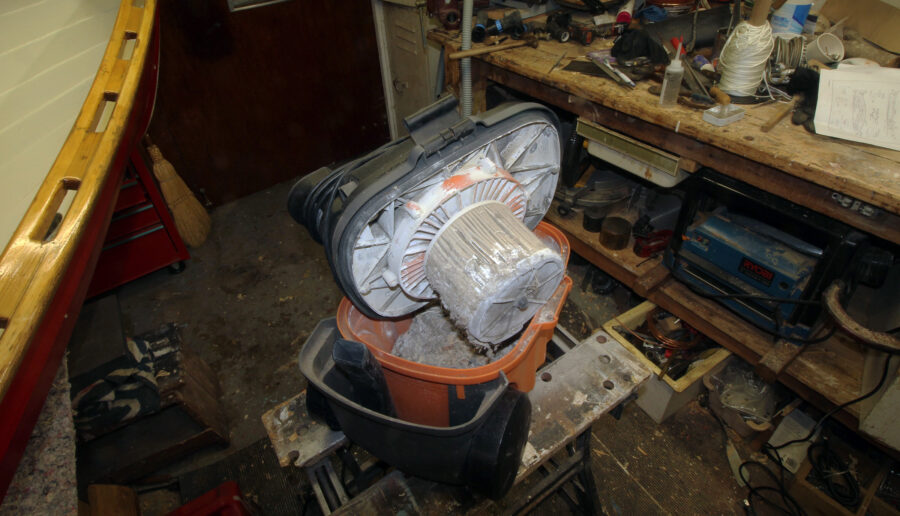
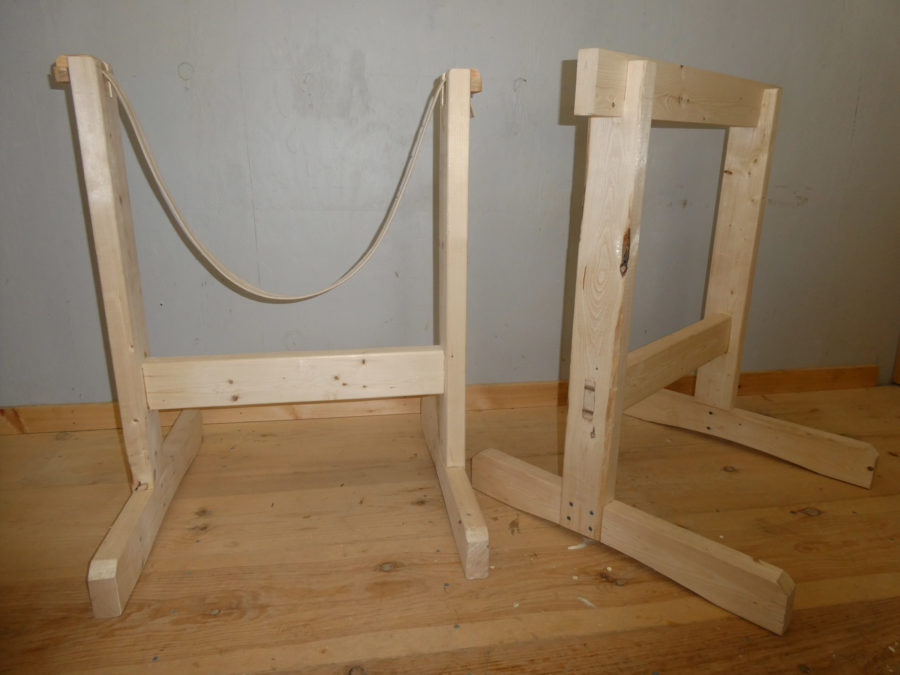
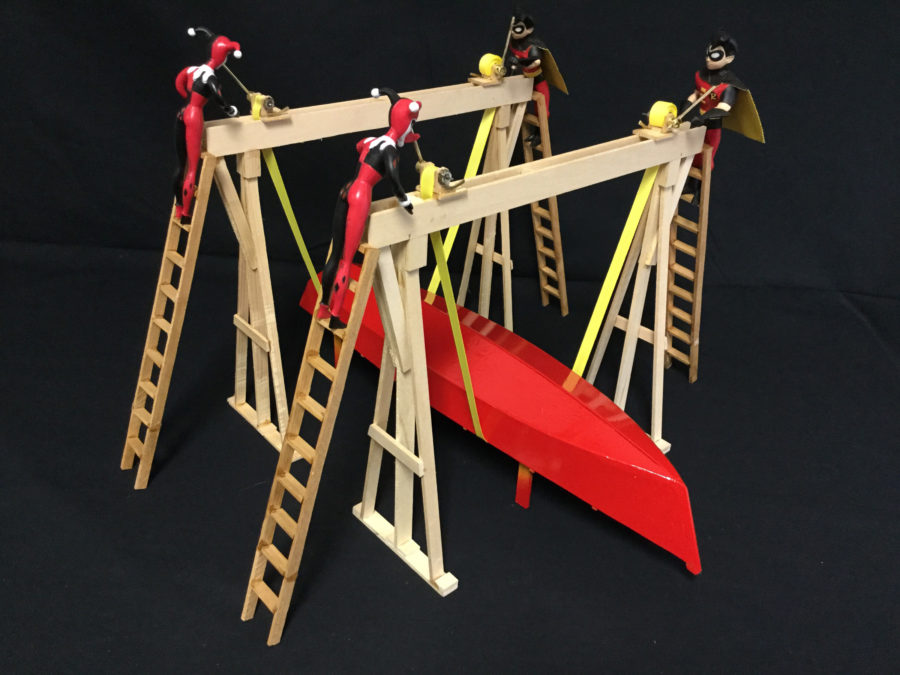
Awesome! Now, how do you use the tubes for spar making? As rubber bands or with more sophistication?
Nothing sophisticated, but not as rubber bands, the kind you get wrapped around stalks of broccoli. I use the bicycle inner tubes in one long piece if they’re from skinny road-bike tires, or cut into two strips if they’re the mountain-bike variety. I use inner tubes from cars too, cut into long strips about 1 1/2″ wide. I just spiral the rubber strips under tension around the pieces I’m gluing up.
Hadn’t thought about inner tubes. They do stow nicely. I usually get long lengths of regular bilge pump hose, and screw it to the pump. But my nice wood and leather hand bailer is faster than the pump on the dory and on the Harrier which has three removable floorboards built so that there is a frame bay width gap to wield the bailer.
I had a length of the bilge pump hose. It wasn’t very long—barely long enough to reach the gunwale—but it was a lot of bulk. After writing this article I found out what happened to the hose that went missing. My son was using the pump equipped with the hose on his boat and while he was pumping the hose came loose, shot over the side and down it went.
I agree that a bucket-like bailer is faster than a pump. Mine is an inelegant plastic bleach bottle with the bottom cut off. When it’s not in use I keep it stowed where I don’t have to look at it.